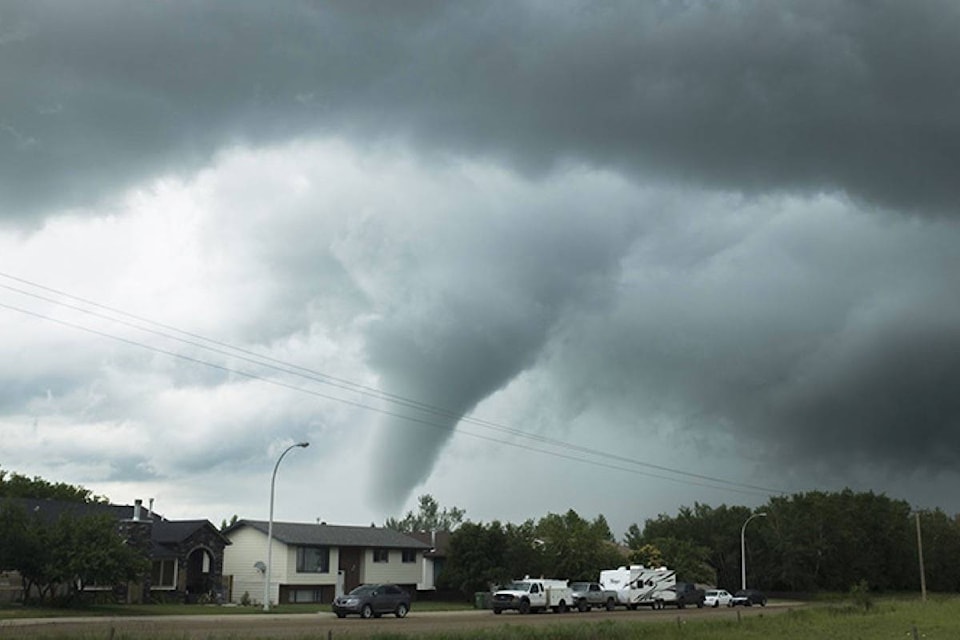Recommendations from reports into recent Alberta disasters will help make up amendments to the province’s emergency management legislation.
That was the announcement from Municipal Affairs minister Shaye Anderson as he introduced the looming changes at a press conference last week in Edmonton.
The amendments, which are slated to be before the Alberta legislature this fall, are designed to provide local municipalities with a more clear direction on emergency management practices as well as improve their response to such disasters.
The bulk of the recommended amendments come courtesy of post-incident assessments of the 2011 Slave Lake wildfire, the 2013 flooding in southern Alberta plus the 2016 Fort McMurray wildfire.
“In the past 10 years, Alberta has seen an increasing number of natural disasters, which have had significant impacts on personal lives and property. In the face of these disasters, Albertans have consistently pulled together to respond,” stated Anderson.
“We have learned something from each of these disasters and many of these updates we are proposing are in direct response to these previous disasters.”
Included in the amendments are updated rules in improving community response to a disaster by clearly identifying the lead person during a state of emergency. It also details powers and authority of that individual, adding liability protection for first responders and municipalities with regards to people that refuse to comply with an order to evacuate as well as more clear rules on compensation disputes over property damaged by a response to the emergency and not by the actual incident.
“These updates will go a long way to making sure we can respond as quickly as possible. We are committed to working alongside our municipal partners to ensure that every community is equally prepared to respond to a disaster,” he said.
“We are committed to making sure that if a disaster strikes, everyone involved knows what their role is and what work needs to be done.”
Municipalities will also be provided with new regulations regarding emergency management training, local emergency management plans and mandated that the Incident Command System (ICS) be used during an emergency. There will also be mechanisms put in place to support regional collaboration in emergency management situations.
Anderson noted that later this summer, his ministry will conduct consultations with municipalities, first responders and those involved in emergency management along with First Nations and Metis to elicit feedback on the proposals and suggested regulations prior to the bill being introduced.
While the majority of Alberta municipalities have a plan in place, the changes are about ensuring the training is done so the plan can be enacted properly.
“We are having more frequent and severe disasters, so we want to make sure that everybody has the right tools in the toolbox, that they understand the roles and responsibilities,” he said.
He also mentioned municipal emergency management teams need to know that the Alberta Emergency Management Agency (AEMA) can provide assistance in that training with various online courses and through its field officers, especially there to assist the small communities that don’t necessarily have a lot of resources.
“We want to make sure going forward that we consult with (those smaller municipalities) to understand what it is that they do need, how we are going to help them and how they can do that regionally. These disasters don’t see boundaries.”
The amendments also require emergency operations be conducted through ICS in order to improve communication, one thing Anderson explained has been a problem outlined in previous disaster reports.
“We are a leader in emergency management in this country. We just want to make sure that when we are talking about all of the first responders, all of the emergency management officers and the municipalities have the same type of communication,” said Anderson.
“We want to make sure everyone is all on the same page.”
